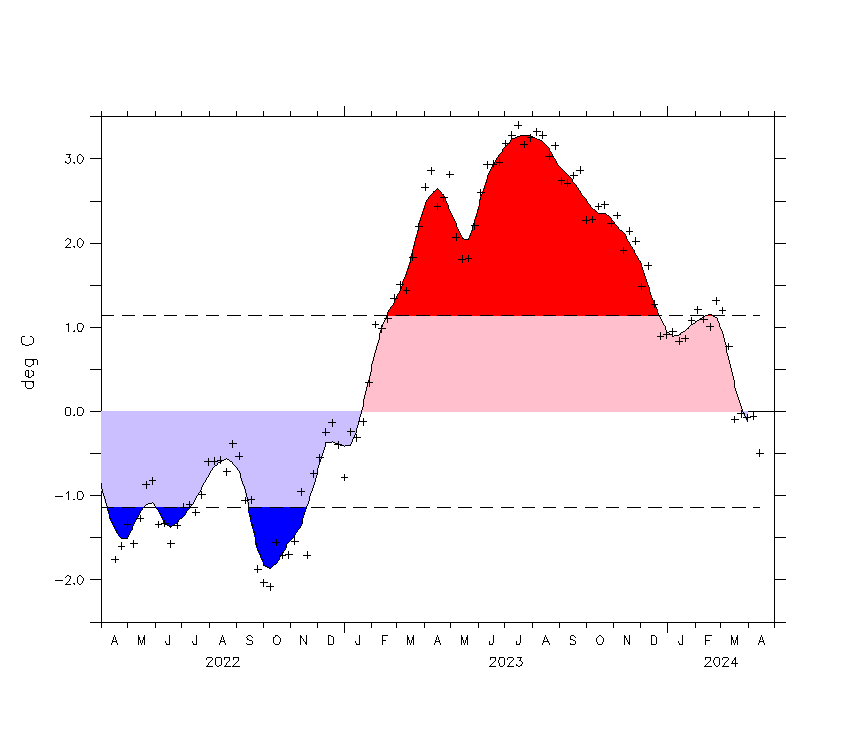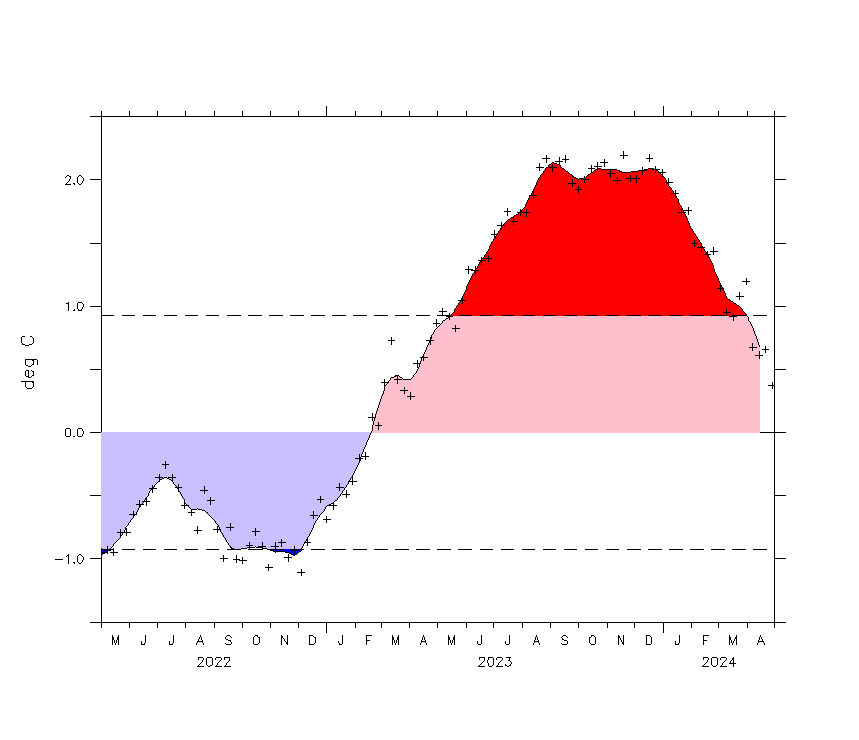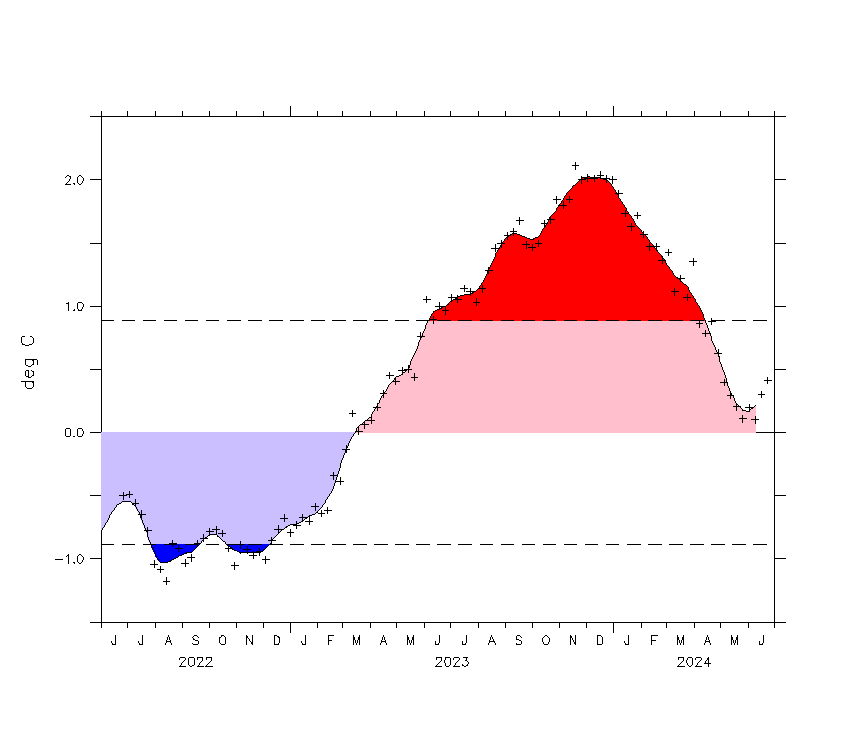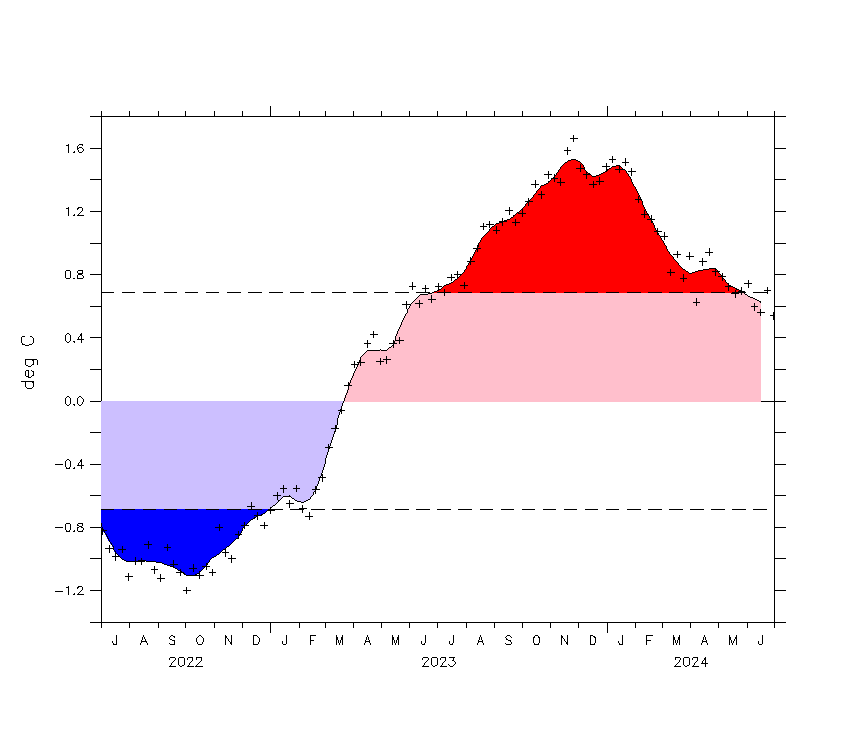Old Rocks
Diamond Member
How much does the ocean warming do to increase the power of storms? And how much more warming can we expect? What will the effect be on future El Nino's? How many times can we dodge the bullet?so I know what was different, Patricia was a Cat 5 that acted like a Cat 3, so, it didn't have the potential of a Cat 4 even though it was classified five. interesting eh?Hurricane Patricia Recap: Strongest Landfalling Pacific Hurricane on Record
In addition to its unprecedented 200-mph (320-kph) sustained winds, Hurricane Patricia broke the record for lowest pressure in any hurricane on record. With a minimum central pressure of 880 millibars (25.99 inches of mercury) at the 4 a.m. CDT advisory Oct. 23, Patricia broke the record of 882 millibars set by Wilma in the Atlantic Basin almost exactly 10 years earlier. Around 1 p.m. CDT Oct. 23, the minimum central pressure reached its lowest point, 879 millibars (25.96 inches of mercury).
Data from an Air Force Hurricane Hunter airborne reconnaissance mission late on the night of Oct. 22 provided critical data demonstrating the extreme intensification of Hurricane Patricia in near-real time. A new NOAA reconnaissance aircraft reached the eye of Patricia early on the afternoon of Oct. 23 to gather additional direct measurements of the storm's intensity.
Unprecedented Among Pacific Hurricanes
Hurricane Patricia became the strongest Pacific hurricane on record shortly after midnight CDT early on Oct. 23. Air Force Hurricane Hunters had flown through the eye of Patricia and reported a sea-level pressure of 894 millibars as measured by a dropsonde inside the eye itself. Wind measurements suggested that the pressure measurement was not in the exact center of the eye and was probably not the absolute lowest pressure, prompting NHC to estimate the minimum central pressure at 892 millibars in its special 12:30 a.m. CDT advisory.
Tropical cyclone strength comparisons are typically based on minimum central pressure. At 892 millibars, Patricia shattered the Eastern Pacific basin's previous record of 902 millibars set by Hurricane Linda in 1997.
While a number of typhoons in the western North Pacific have been stronger, Patricia is now by far the strongest hurricane on record in any basin where the term "hurricane" applies to tropical cyclones – namely, the central and eastern North Pacific basins and the North Atlantic basin, which includes the North Atlantic Ocean itself plus the Gulf of Mexico and Caribbean Sea.
So there you have it, flap yap at the people that measure these things.
Time to really do some serious research, for lives will depend on it. And it is hard to build the infrastructure we need for the future, when we are using our resources to rebuild from weather damage.






